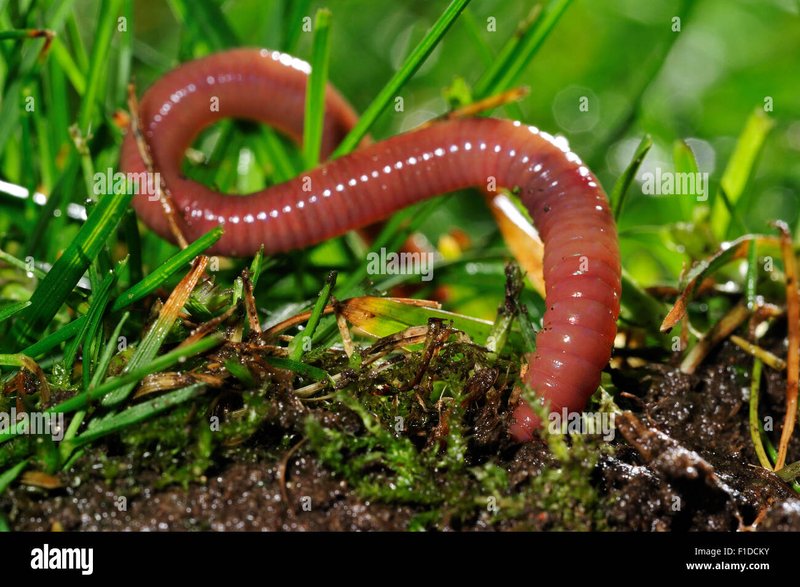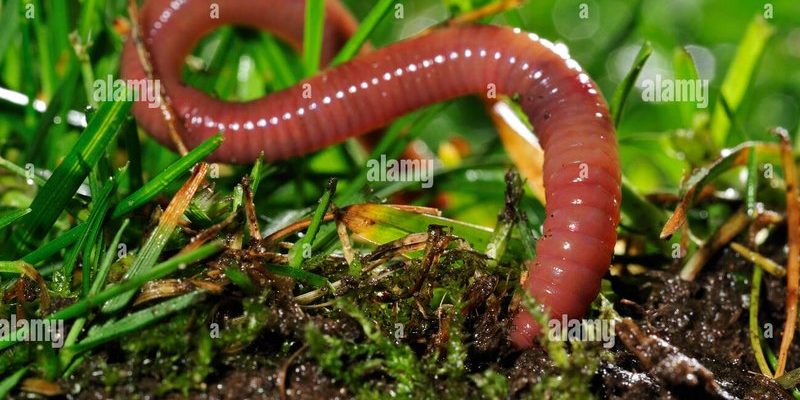
Think of wolf worm burrows like nature’s diary entries. Each hole and indentation is a clue revealing the lives of the creatures nearby. Just as you might pour over the pages of a book to understand a character’s journey, you can read the land to decode the habits and health of wildlife. In this article, we’ll dive into the field signs of these intriguing burrows formed by wolf worms in animals, what they signify, and why keeping an eye on them can be a fun and educational experience.
What Are Wolf Worms?
Before we get into the nitty-gritty of burrows, let’s first understand what **wolf worms** actually are. These creatures, belonging to the *Hypoderma* genus, are a type of parasitic larva that can affect a range of animals, particularly mammals like sheep and deer. Think of them like uninvited guests that decide to make a cozy home within an animal’s body.
Wolf worms can cause various health issues for their hosts, including abscesses and weakness. However, they also play a role in the ecosystem. When wolf worms burrow into the skin of their host, they create these visible signs in the environment, which can help wildlife enthusiasts learn about animal health and behaviors.
In your backyard or local park, spotting these burrows could give you a peek into the life of the surrounding wildlife. Just like a detective at a crime scene, understanding these signs can tell you about the animals that roam nearby.
Identifying Wolf Worm Burrows
So, how do you identify wolf worm burrows? It’s not always easy, but once you know what to look for, it becomes a fun treasure hunt. Usually, you’ll find small holes in the ground, often surrounded by loose dirt. You might see tiny fur bits or even bloodstains near these openings, indicating the animal has been affected.
These burrows are often found in areas where the host animal spends much of its time, like grazing fields or watering holes. If you spot **multiple holes close together**, it might indicate a severe infestation in the local animal population.
Pay attention to your surroundings. If you notice other signs like tracks or droppings, you might be onto something exciting. Consider it like putting together a puzzle; the more pieces you collect, the clearer the picture becomes.
The Importance of Monitoring Burrows
Now, you might be wondering why it’s essential to monitor these burrows. Well, they can provide valuable information about local wildlife health and population dynamics. Just like a canary in the coal mine, changes in burrow activity might signal larger ecological shifts.
If there’s a significant increase in burrow numbers, it could mean that a particular animal species is struggling with health issues, like a wolf worm infestation. By understanding these patterns, wildlife enthusiasts and conservationists can take steps to help manage and protect local populations.
Additionally, observing these signs fosters a deeper connection to nature. When you understand the life cycle of wolf worms and their impact on wildlife, you can appreciate the balance of ecosystems more profoundly.
Common Animals Affected by Wolf Worms
Now, let’s look at some common animals that are often affected by wolf worms. **Sheep** and **cattle** are the primary hosts, but deer and other livestock can also fall prey to these pesky parasites. In agricultural settings, wolf worms can significantly impact a farmer’s livelihood, making awareness crucial.
When you see burrows near grazing land, it’s worth considering the animals that frequent the area. If sheep or deer are spotted nearby, that could be a telltale sign of wolf worm presence.
Interestingly, the impact of these worms extends beyond just the host animal. Affected animals often become weaker, making them more susceptible to predators. This change in the food chain can ripple through the entire ecosystem, affecting even those not directly involved with the wolf worms.
How Wolf Worms Affect Animal Behavior
Wolf worms don’t just create physical signs in the landscape; they also influence animal behavior. An animal afflicted with these parasites may show signs of discomfort or stress, which can lead to changes in grazing patterns or social structure within groups.
For example, a sick sheep might isolate itself from the flock, avoiding social interactions that could help it recover. This change could not only impact the health of the individual animal but also the dynamics of the entire herd.
By observing these behavioral changes, wildlife watchers can gather insights into the overall health of local populations—a critical aspect for anyone interested in conservation or animal welfare.
Steps to Document Wolf Worm Burrows
Interested in keeping track of wolf worm burrows? Here’s a simple process to help you get started:
- Gather Materials: Bring a notebook or your phone to record observations. A camera can also come in handy for visual documentation.
- Choose a Location: Pick a nearby area known for wildlife activity—fields, forests, or pastures are great options.
- Observe: Look for burrows, tracks, or any other signs of animal activity.
- Record Findings: Note the number of burrows, their condition, and any animal sightings. This data helps you paint a picture of the area’s ecology.
- Share Your Insights: Consider connecting with local conservation groups or online forums to share your findings.
Documenting these burrows isn’t just about observation; it can also inform others about the health of our wildlife.
Understanding the field signs of wolf worm burrows opens a window into the hidden world of wildlife. By paying attention to these signs, we can learn more about local ecosystems, the health of animal populations, and even our role in helping maintain nature’s balance.
Next time you’re out in nature and spot a small hole or two, take a moment to investigate. You never know what stories the land might tell you. So grab a friend, head outside, and start discovering the fascinating signs of wildlife right in your backyard!

